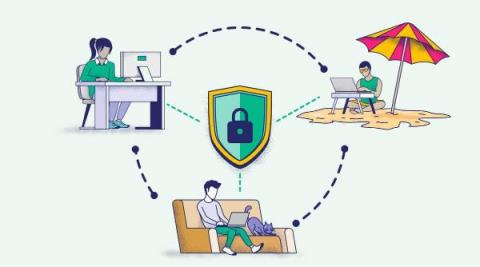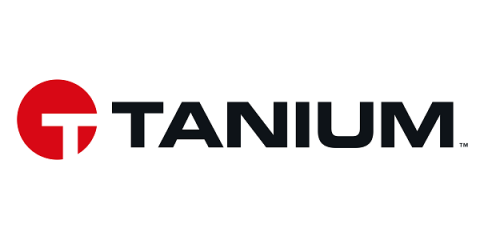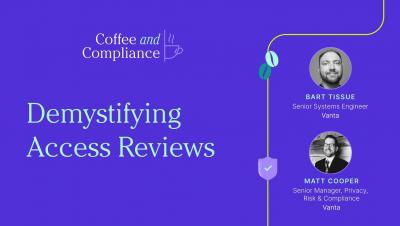Centralized Log Management: Why It's Essential for System Security in a Hybrid Workforce
Remote work increased due to Covid-19. Now heading into 2023, remote or hybrid workplaces are here to stay. Surveys show 62% of US workers report working from home at least occasionally, and 16% of companies worldwide are entirely remote. With a hybrid workforce, security breaches from sources were less typical with in-office work.











